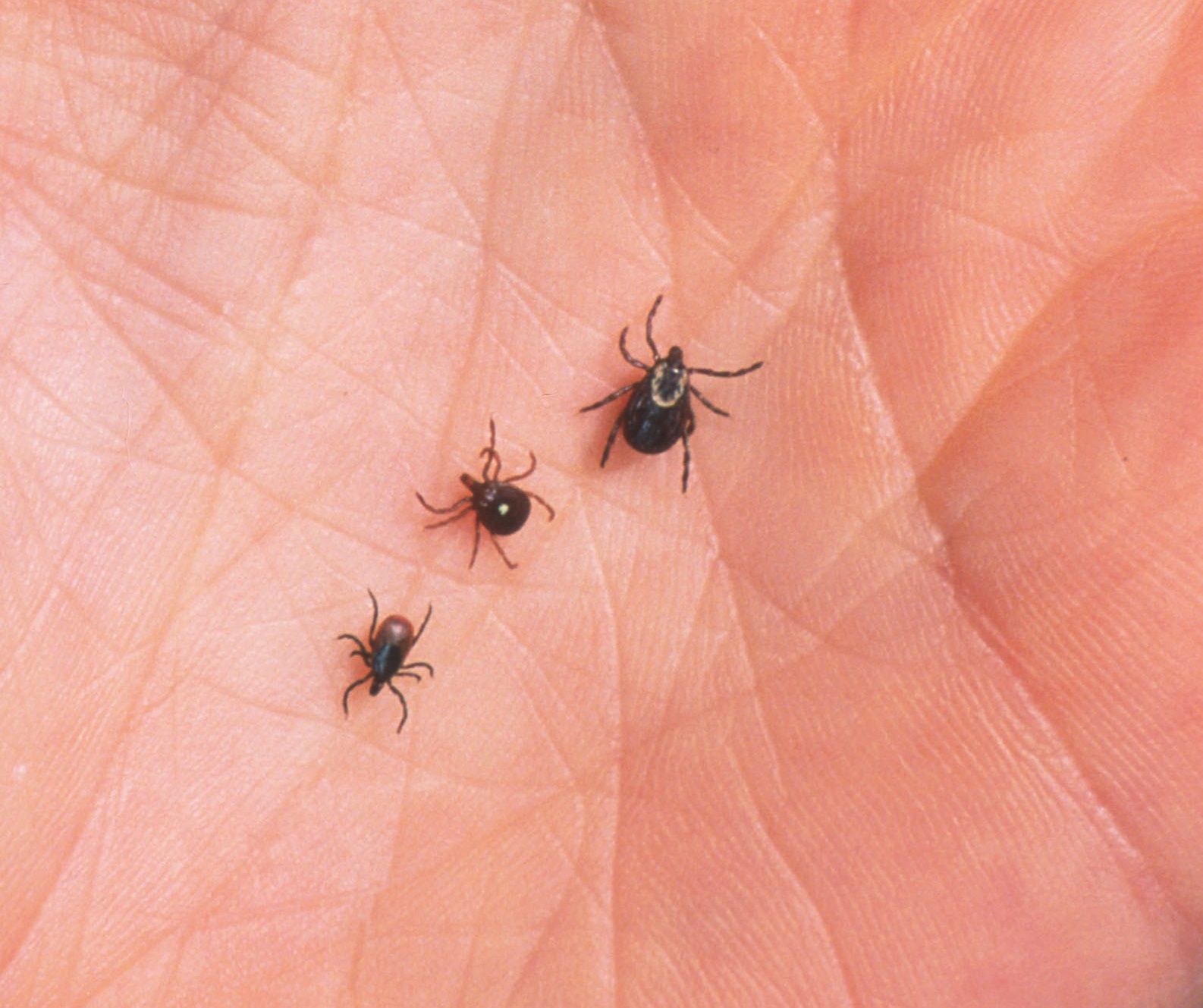
After eating red meat and digesting Alpha-gal Carbohydrates, the person’s immune system may launch an attack to encounter tick meat allergy. In reaction, the person’s body will produce immunoglobulin E antibodies to oppose the presence of the foreign material.
ALPHA GAL ALLERGY SKIN
The alpha-gal carbohydrate is present in tick saliva, which is deposited into a person’s skin during feeding.

This can further be explained as when a person gets attacked by a lone star tick, they might develop this tick meat allergy. Flesh derived from birds, like chicken or turkey, is meat that lacks alpha-gal and so does not cause an allergic reaction. Because of the high quantities of myoglobin, a protein that delivers oxygen to the muscles, the flesh appears red. Red meat is described as all meat derived from animals, including beef, pig, and lamb. People who have been bitten by many ticks may experience more severe symptoms. The indications of the following reaction to red meat seem similar to those of many allergies, with the exception that the response is delayed by plenty of hours and the antigen in the meat is a carbohydrate rather than a protein.

It is unknown which component of alpha-gal causes sensitization which results in tick bite allergies. The formation of particular IgE antibodies to alpha-gal is related to sensitization to the glucose. The tick injects alpha-gal-containing saliva into the victim’s skin.

Galactose-alpha-1,3-galactose is a carbohydrate that causes the allergy (also known as Alpha-gal). Induced tick meat allergy is an allergy generally known as tick bite red meat allergy to specific types of meat caused by a lone star tick bite.


 0 kommentar(er)
0 kommentar(er)
